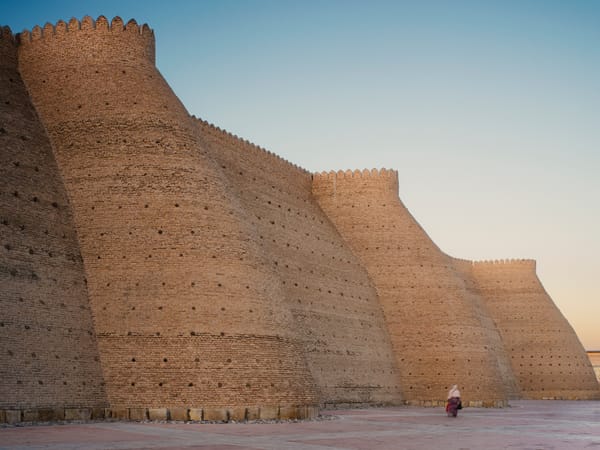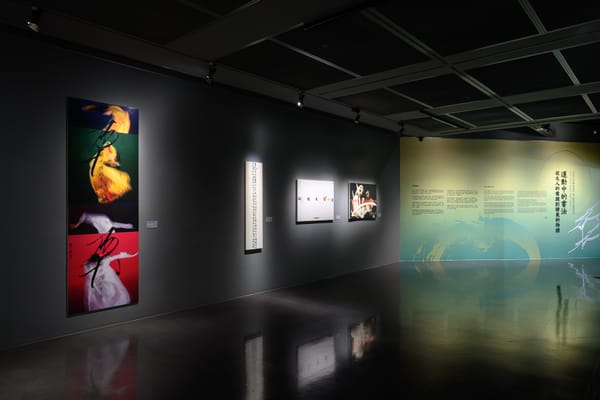Shows
“Chinese Contemporary Abstract, 1980s Until Present: Mindmap”
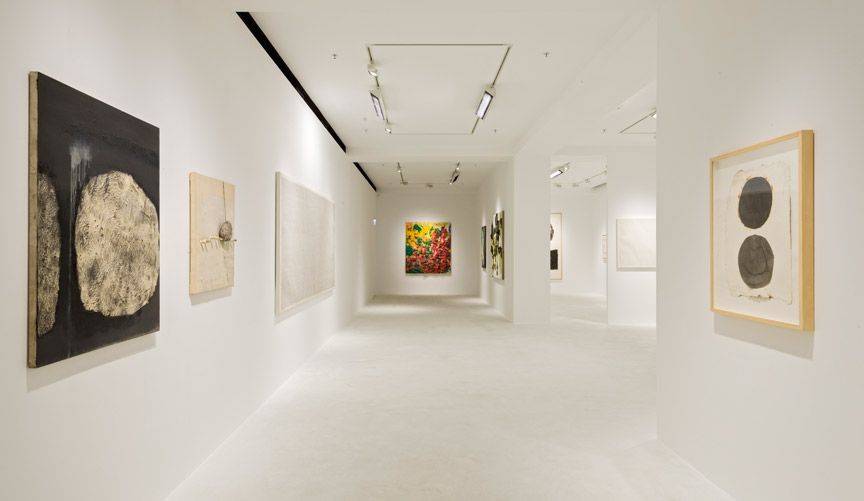

Following the whiff of recent blue-chip vendors, Shanghai-based Pearl Lam Galleries (PLG), formerly called Contrasts, opened a space in the Peddar Street building in May, representing a return of sorts for their eponymous socialite cum curator and director, the Hong Kong-born Pearl Lam.
PLG opened with what may seem an unlikely show, given the gallery’s taste for fusion and flare—an exhibition of Chinese abstraction, curated by veteran theorist and curator, Gao Minglu. Gao’s essay on the works and artists, available at the gallery, is titled “A Return to Humanity and the Natural World—An Introduction to Chinese ‘Abstraction’.” Gao has worked with PLG on projects before, and here he presents a trusted band of artists, representing a trend he terms “maximalism” (jiduo zhuyi) referring to a group of such painters as yi pai—which he sometimes translates problematically as “mindmap,” or more fittingly as “school of notion.” Gao uses the term yi pai, as he argues “abstraction” to be inherently associated with a Western current—from the Enlightenment through the industrial revolution and contemporary capitalism, via Euro-American modernism and Abstract Expresionism—and unable to adequately describe the underpinnings and culturally specific dynamic of the so-called Yipai painters.
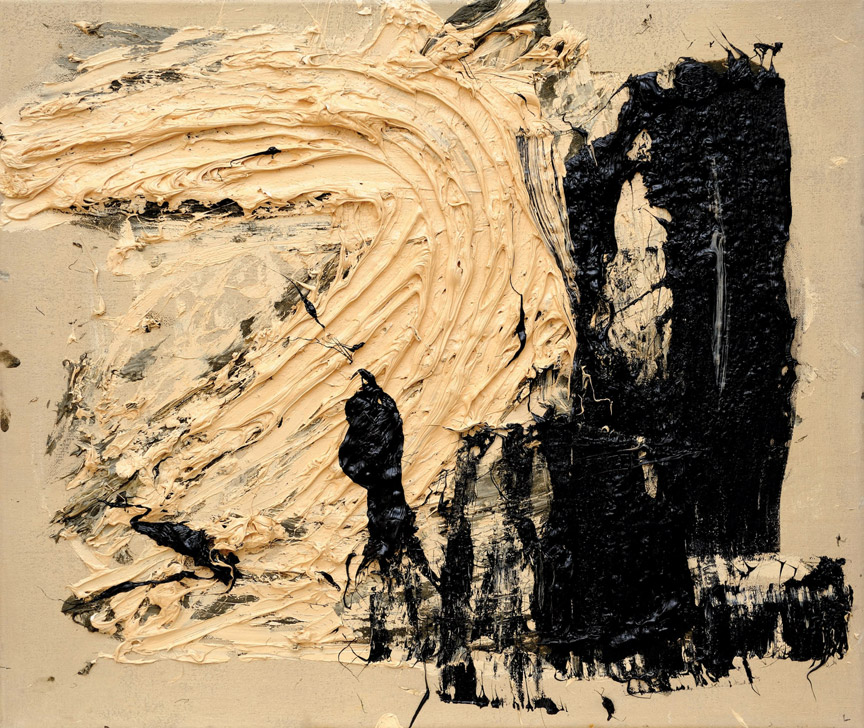

Galleries seem to like using scholarship as pseudo-marketing—certainly if your product, whatever the professor says, appears to prospective Hong Kong clientele to be thoroughly foreign to their conception of what Chinese art is. What better way to garner interest than to argue: this looks the same as that (which is foreign), but it is doing something entirely different, which in fact continues and develops “China’s” (untainted) tradition and cultural ésprit. This leads Gao—respected for coining the term “apartment art” to describe the post-1989 turn in contemporary Chinese practice, and a seasoned curator—to make facile blanket assertions, such as: “In China, traditional poetry, calligraphy and painting all advocate togetherness, not differentiation. Therefore, art is not a reflection of the outer world, but is a restoration of a shared idea.”
But the sheer diversity of the works—in scale, materials, energy and technique, for example—prompts a glance at the artist’s CVs, in turn urging one to cast aside a sui generis frame of “Chineseness,” and perhaps, more humbly, appreciate the nature of these painterly explorations on their own terms. In his effort to de-Westernize our gaze, Gao imposes his own monolithic "Chinese” filter on artists working in oils and ink, on canvas or rice paper, in their fifties or thirties, having lived overseas or not, and so on. Oddly, it seems the “look” of twentieth 20th century Western abstraction remained in the curator’s mind. Were it not for the Chinese ethnicity of the painters, and the formally abstract look of their works, how could this diverse group find itself in the same, apparently thematic exhibition?
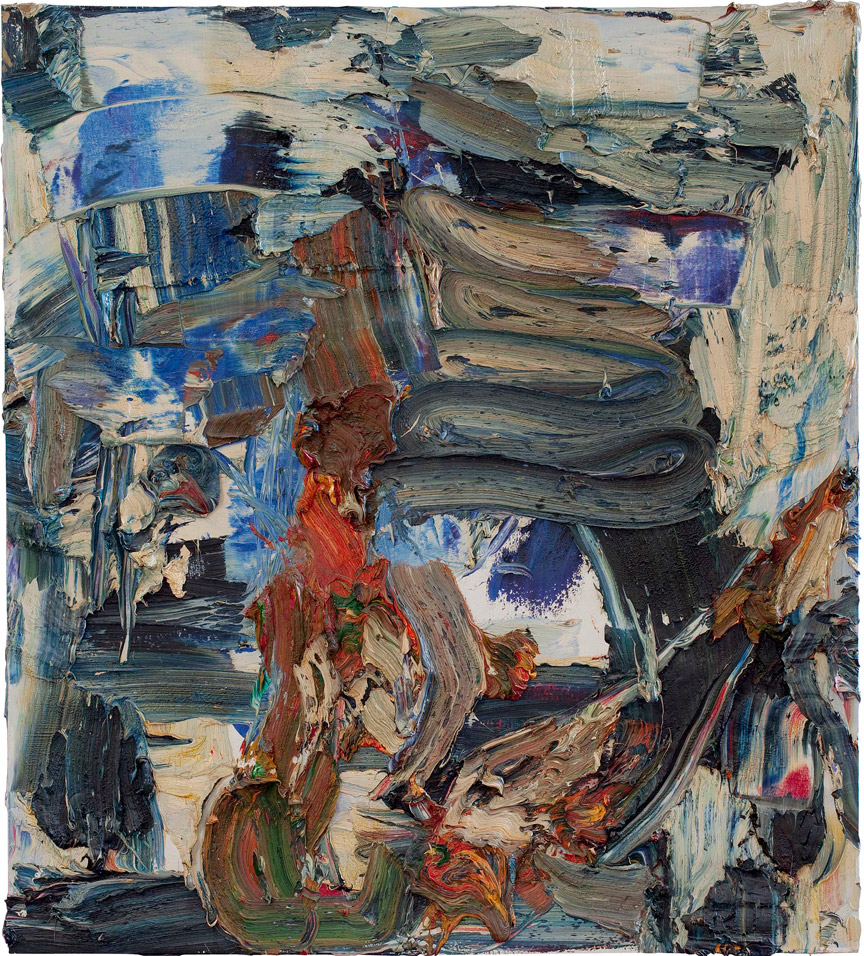
How else might one lump together, for example, the deconstructive “ink plays” on mulberry paper of Qiu Zhenzhong (b. 1947), with the almost sculptural canvases of Zhu Jinshi (b. 1954), with their inches-thick lashings of brightly colored oil paint? For his part, Gao discusses Zhu’s work only as an example of the Yipai artists’ alleged rejection or deconstruction of Western rationalism—without entertaining the idea that other "abstract" artists, regardless of nationality, have undertaken much the same thing. Neither does this address the formal differences between exhibited works.
Referring again to the artists’ biographies: though from a similar generation, Qiu has a masters in calligraphy from Tianjin and subsequently spent two years in Japan, known for its postwar development of avant-gardist calligraphy. On the other hand, after his studies, Zhu gained a residency in Berlin in the late 1980s and lectured in Germany in the 1990s, and has recently undertaken a BANFF residency in Canada. Nature or nurture? The pragmatist says both, hence to ignore one or the other seems dogmatic or idealistic.

To typecase artists as collectively representing the 1980s is obviously reductive, yet to overlook the issue of age or generation is particularly problematic in the case of those born and raised in China. One of the exhibition’s strengths is its presentation of work by artists born between the 1940s to 1970s—a turbulent thirty-year period, in which each decade must have left different impressions and experiences on the painters. For example, the vast, strenuously handpainted ink grids of veteran Li Huashan, were developed by Li after a career of painting in revolutionary, realist styles, through which he attracted official favor. Only in the 1990s did Li adopted this angular, matrix-like motif, constructed from intensely controlled brushwork.
The choice, made by most of the artists in this show, not to commit to any formal representation, may also be approached from other, more pragmatic angles, such as in terms of China’s art infrastructure or its ideological climate. Huge, time-consuming abstract paintings, in ink or oil, bring to mind villages of relatively cheap warehouse studio residences, where artists might make a living from painting thanks to a keen market, as long as they have space and time. Non-figurative art can also be viewed as blurring the line between modernity and tradition, particularly in cultures with a calligraphic tradition—such is the case for Islamic societies too, and the experiments of modern Malaysian painters come to mind. The ideological position of such work is no longer clearly manifest at the surface level. The surface is a record of something else, of other thoughts and actions, accumulated elsewhere before painting, so to speak. In this sense, it might be interesting to approach abstraction in China today in terms of the historical literati culture, for instance, with its lofty aspirations towards aesthetic reclusion, which were, more often than not, thoroughly urban reactions to social and political excess.

Another blindspot is somewhat typical of Mainland scholars: Gao does not explore the critical relationship to neighboring artworlds. Yet, how should we understand the tactile surfaces of Zhang Jianjun (b. 1955), which sometimes become embodied objects jutting from the canvas, or hanging in front of it, rendered in primitive earthen tones, with Zhang sometimes burning the painting’s surface—for example, without considering art informel in Japan and Europe, or the Korean “tachiste” monochrome painters, in vogue when Zhang would have been in his late twenties and thirties? None of this rich ambiguity or confusion in the very notion of a “Chinese abstraction” is explored in the exhibition framework, yet this does not detract from the works themselves, which impressively range from the mid 1980s down to the present.
According to the director of the PLG Shanghai space, Harriet Onslow, the concentration on abstraction also signals recognition of this as a key growth area in the market. With a new gallery dedicated to design set to open in Shanghai soon, and another space in Singapore’s Gilman Barracks earmarked for 2013, evidently ”Asia’s most dynamic art gallery”—as PLG bills itself, with characteristic pomp—has its sites, and purse, set on the region’s burgeoning art marketplaces.
